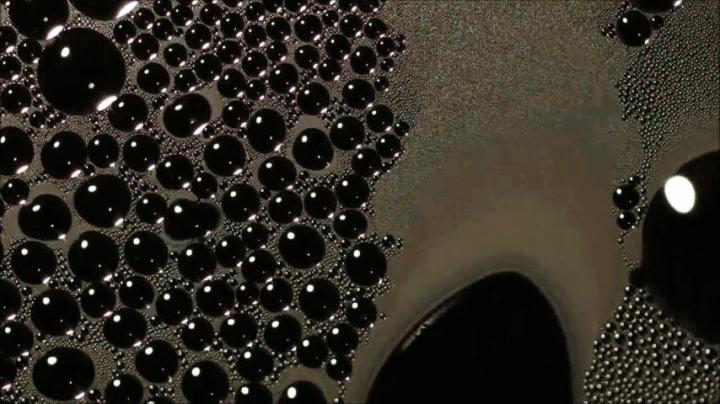
Credit: Images courtesy Nenad Miljkovic
CHAMPAIGN, Ill. — For decades, it’s been understood that water repellency is needed for surfaces to shed condensation buildup – like the droplets of water that form in power plant condensers to reduce pressure. New research shows that the necessity of water repellency is unclear and that the slipperiness between the droplets and solid surface appears to be more critical to the clearing of condensation. This development has implications for the costs associated with power generation and technologies like de-icing surfaces for power lines and aircraft.
The findings of the study, jointly led by University of Illinois mechanical sciences and engineering professor Nenad Miljkovic and mechanical and aerospace engineering professor Arun Kota of North Carolina State University, are published in the journal Science Advances.
In many natural and industrial systems, heat transfers through condensation. This type of energy transfer happens most efficiently when the vapor condenses onto a surface as droplets rather than as films, the researchers said. The droplets must be mobile to keep the surface clear for continuous, efficient energy transfer, and a slippery surface helps greatly.
Determining just how condensing droplets grow and coalesce during condensation is an area of science that has not been reviewed in a while, Miljkovic said. The researchers hypothesized that the condensing surface – called wetting or nonwetting, depending on its ability to attract or repel water – does not matter when it comes to keeping the surface clear of droplets, contrary to accepted thought.
To test this, Kota’s team developed a unique solid surface that is simultaneously wetting and slippery to water droplets. “This is counter-intuitive, because droplets tend to stick to wetting surfaces and do not easily slip or slide on them,” Kota said.
Miljkovic’s team used time-lapsed images of droplets forming on these unique solid surfaces to measure the contact angle between droplets and the surface and to count how many droplets exist within different size ranges as they coalesce.
“We found that when solid surfaces are slippery, condensed droplets will coalesce with surrounding droplets and shed off of the surface, whether we are dealing with a wetting or nonwetting surface,” Kota said.
This observation implies that it is possible to use a greater variety of materials as condensation surfaces, not just water-repellent ones.
“Instead of using specialized polymer surfaces, which are difficult to adhere to metal and only last a few months, power plants may be able to use a more durable wetting materials for water shedding, such as ceramic or metal that has been engineered to be slippery and could last 10 years or longer,” Miljkovic said. “This same concept is valuable in other applications, too, like coming up with new de-icing surfaces for aircraft wings and power lines and water-shedding coatings for building energy applications, ventilation and conditioning systems.”
The researchers report that there are challenges to overcome when developing new wetting and slippery solid materials for use in condensation surfaces. The materials will need to be chemically and texturally uniform, which can still be expensive, they said.
“This work not only demonstrates a previously unexplored idea of using well-engineered durable and wetting solid surfaces to achieve high droplet mobility, but also provides new insight to the fundamental scientific theory behind condensation,” Miljkovic said.
###
The Office of Naval Research, International Institute for Carbon-Neutral Energy Research, National Science Foundation and National Institutes of Health supported this research.
Editor’s notes:
To reach Nenad Miljkovic, call 617-981-9247; email [email protected].
To reach Arun Kota, call 919-515-5241; email [email protected].
The paper “Dropwise condensation on solid hydrophilic surfaces” is available online and from the U. of I. News Bureau DOI: 10.1126/sciadv.aax0746
Media Contact
Lois Yoksoulian
[email protected]
217-244-2788
Original Source
https:/
Related Journal Article
http://dx.




